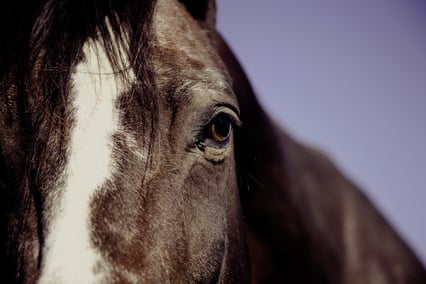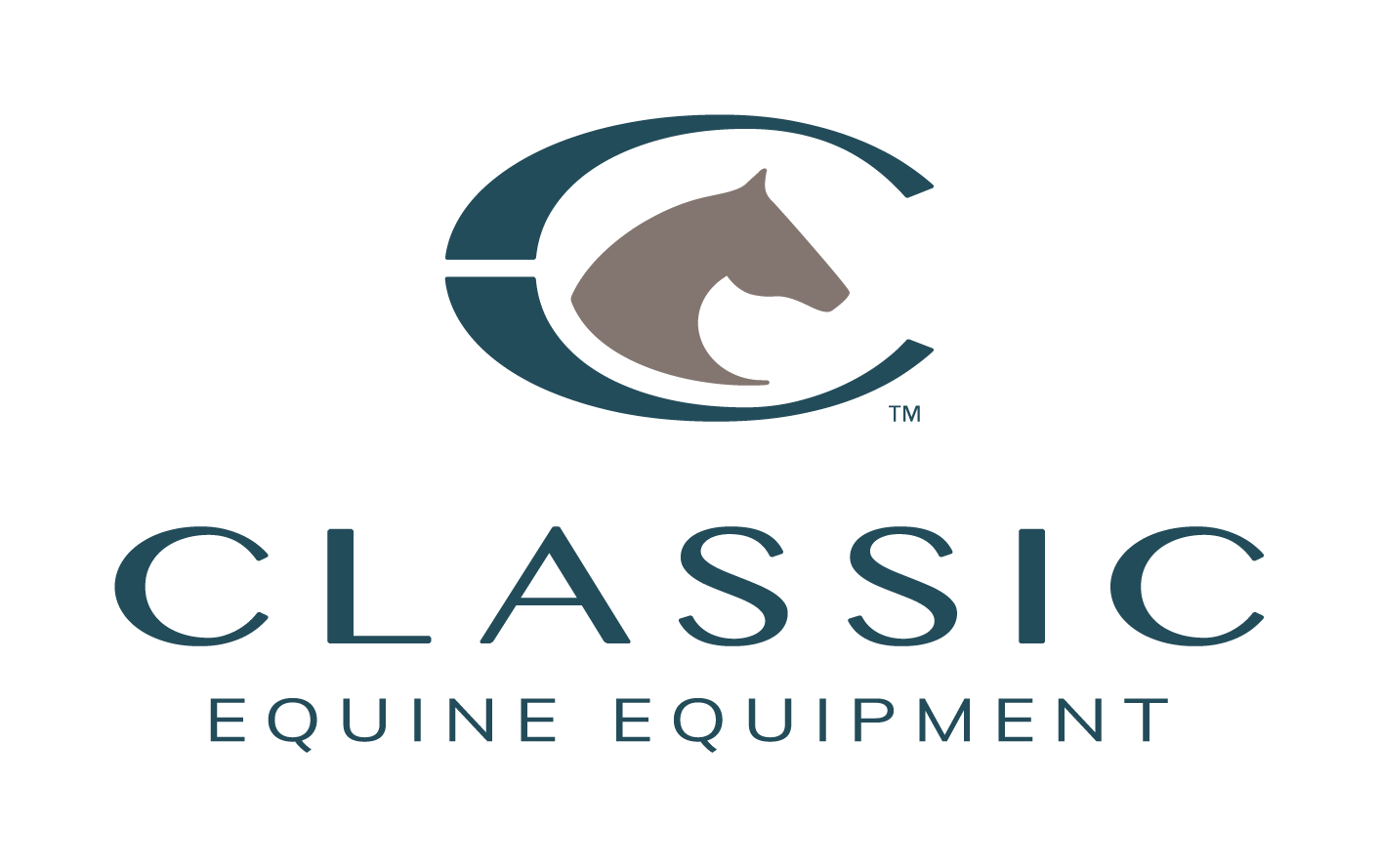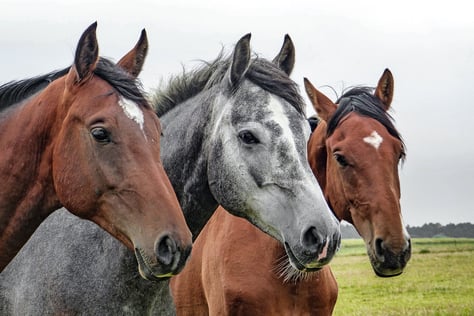Clicker training is a leading force-free method for training a number of diverse animals. It is a science-based method that traces its origins back to the work of B.F. Skinner. Karen Pryor, one of the early pioneers of marine mammal training, coined the term clicker training and helped expand the work into the broader training community.
 The name “clicker training” refers to the most commonly used marker signal, which is a handheld clicker. In clicker training, the marker signal is paired with a primary reinforcer (usually food). There are several types of clicker training:
The name “clicker training” refers to the most commonly used marker signal, which is a handheld clicker. In clicker training, the marker signal is paired with a primary reinforcer (usually food). There are several types of clicker training:
Capturing: This is what many people think of when they first think of clicker training. You wait for the animal to perform a certain behavior, and then you click and treat. This marks the behavior and makes the animal more likely to repeat it.
Shaping: This is the essence of clicker training and a clicker trainer’s main tool. Shaping is the name used to refer to the process of starting with a small piece of the behavior you want and transforming it over time by carefully reinforcing those efforts that lead to the final behavior.
Shaping is also sometimes referred to as training by successive approximations. The key point about shaping is that in shaping you are building behavior in small steps. You get from one step to the next by selecting what behaviors you choose to reinforce and allowing the horse to experiment a bit to figure out what behavior gets clicked. It is a very creative process for both trainer and trainee.
Luring: Luring refers to using the food directly to get behavior that you can click and reinforce. Most clicker trainers use luring sparingly or not at all as part of the reason clicker training works well is that the food is used to motivate and reward, but since it is only delivered after the click, it does not become a distraction.
Molding: The horse or a part of its body is physically put in the desired position. If trying to teach a horse to step on a mat, pick up the foot and place it on the mat. The goal is to show the horse the desired movement and then encourage the horse to initiate the behavior on his own.
Shaping using pressure and release: This is one of the most common ways that clicker training is used with horses. It is a subset of shaping, but it is a directed form of shaping where the horse gets information about what you want through standard pressure and release cues. It is combined with clicker training so that the horse is rewarded by the release of pressure AND a treat. The addition of the marker signal adds a level of precision and timing that makes the training process clearer.
Targeting: Targeting is the behavior where an animal learns to touch a body part (with horses we usually use the nose) to another object (the target). Targeting is a behavior that is taught through capturing or shaping, but once learned, it becomes a valuable tool in its own right.
Clicker training allows you to pinpoint and reward desirable behavior. As a result the horse doesn’t have to try ten ‘wrong things’ before it gets it right. The one ‘right’ thing it does is rewarded and the undesirable behaviors ignored. With positive reinforcement horses become very eager students and lessons are quickly learned.
REFERENCES:
Karen Pryor, Clicker Training: http://www.clickertraining.com/
https://www.theclickercenter.com/clicker-basics-1
Skinner, Operant Behavior: http://www.bfskinner.org/bfskinner/SurveyOperantBehavior.html


